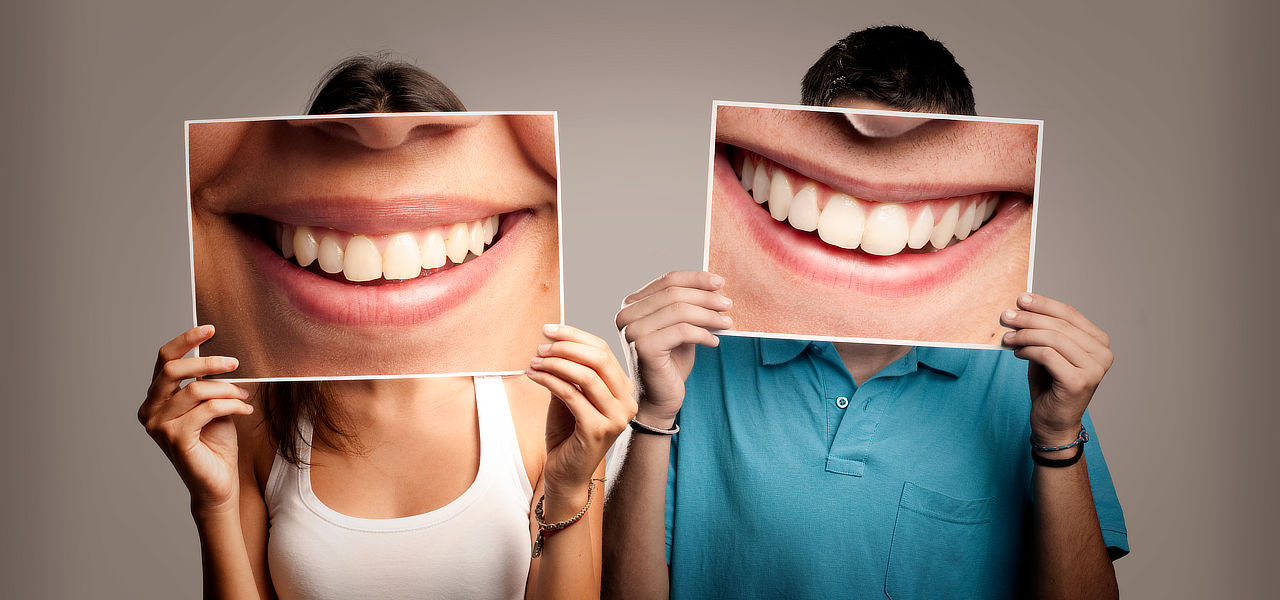
Dental fillings fall into two categories based on the method used to place them. They are: direct restorations and indirect restorations. Direct restorations are fillings placed immediately into a prepared cavity in a single visit. They include dental amalgam, glass ionomers, resin ionomers and most composite (resin) fillings. The dentist prepares the tooth, places the filling and adjusts it during one appointment.
Indirect restorations may require two or more visits. They include inlays, onlays, veneers, crowns, and bridges fabricated with gold, ceramics, or composites. During the first visit, the dentist prepares the tooth and makes an impression of the area to be treated. The impression is sent to a dental laboratory, which creates the dental restoration (filling). At the next appointment, the dentist cements the restoration to the prepared tooth and adjusts it as needed.
This fact sheet outlines the alternatives available and will help you decide on the right choice for you. The final choice is between you and your dentist.
Direct Dental Restorations
Amalgam
The word amalgam when referring to dental fillings means a mixture of two or more metals in which mercury is a component. Dental amalgam is a mix of approximately 43 percent to 54 percent mercury with other metals, including silver, copper and tin. Dental amalgams have commonly been called “silver fillings” because of their silver color when they are first placed. Today, amalgam is used most commonly in the back teeth. It is one oldest filling materials and has been used (and improved) for more than 150 years. Dental amalgam is the most thoroughly researched and tested filling material.
ADVANTAGES:
Strong, durable and stands up to biting force; Can be placed in one visit; Normally the least expensive filling material; Sel-sealing with minimal-to-no shrinkage and it resists leakage (leakage occurs when a filling does not completely seal, permitting food and bacterial to “leak in” and promote new decay behind or beneath the filling); Resistance to further decay is high; Frequency of repair and replacement is low; Amalgam is the only material that can be used in a wet environment, especially important when treating small children or special needs patients.
DISADVANTAGES:
While agencies like the U.S. Food and Drug Administration (FDA), the U.S. Centers for Disease Control (CDC) and the World Health Organization (WHO) have not found evidence of harm from dental amalgam, there are some individuals and groups who have raised concerns about the very low levels of mercury vapor released by amalgam. These concerns are discussed later in this publication; Amalgam scrap (waste left over after repairing a cavity) contains mercury and requires special handling to protect the environment; Amalgam can darken over time as it corrodes. This does not affect the function of the filling, but many people find it less attractive than tooth colored materials; Placement of amalgam requires removal of some healthy tooth; In rare cases, a localized, allergic reaction such as inflammation or rash may occur.
Indirect Dental Restorations
Porcelain (ceramic)
All-porcelain (ceramic) materials include porcelain, ceramic or glass-like fillings and crowns. They are used in inlays, onlays, crowns and cosmetic veneers. Porcelain fused to metal is another application for this material and has similar properties as described below with the notable exceptions of increased durability due to the metal substructure, the necessity for more tooth removal for that substructure and, in rare cases, a localized, allergic reaction may occur.
ADVANTAGES:
Tooth-colored with excellent translucency; the color looks similar to natural tooth enamel; Very little tooth is removed when used as a veneer, more tooth is removed for a crown; Good resistance to further decay if it fits well; Is resistant to surface wear but can cause some wear on opposing teeth; Resists leakage because of precise shaping and fitting; Does not cause allergic reaction.
DISADVANTAGES:
A minimum of two appointments is required to complete the restoration and it’s not tooth colored.
